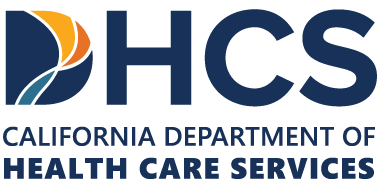Medication-Assisted Treatment (MAT) is a comprehensive approach to addressing substance use disorders (SUDs) that combines medications with counseling and therapy. MAT is designed to help individuals overcome the challenges of addiction by targeting both the physical and psychological aspects of the disorder. While the specific medications used may vary based on the substance involved, MAT primarily focuses on opioid, alcohol, and tobacco dependence.
The Journey of Treatment Initiation in medication assisted treatment
- Assessment and Diagnosis: The first step in MAT involves a thorough assessment by a healthcare provider. This includes evaluating the type and severity of the substance use disorder, medical history, mental health status, and any coexisting medical conditions.
- Personalized Treatment Plan: Based on the assessment, a personalized treatment plan is developed. This plan outlines the appropriate medication, dosage, and duration of treatment, along with the accompanying behavioral therapies and counseling.
- Medication Induction: For opioids, the initiation of MAT often involves the induction phase. During this phase, the healthcare provider carefully administers an opioid agonist (e.g., methadone) or a partial agonist (e.g., buprenorphine) to alleviate withdrawal symptoms and reduce cravings. This is usually done under close medical supervision to ensure safety.
Progress and Maintenance in medication assisted treatment
Once the right medication assisted treatment and dosage are determined, the stabilization phase begins. The primary goal is to maintain a steady state, managing cravings and withdrawal symptoms effectively. Regular medical check-ups and adjustments to the treatment plan may occur during this phase.
MAT is not just about medications; it incorporates counseling, therapy, and support groups. Behavioral therapies help individuals address the psychological aspects of addiction, develop coping strategies, and make positive lifestyle changes.
Many individuals with SUDs also have co-occurring mental health disorders. MAT offers an opportunity to address both conditions simultaneously, leading to more comprehensive and lasting recovery.
Transition and Long-Term Recovery with medication assisted treatment
- Tapering and Gradual Discontinuation: Depending on the progress made, individuals may choose, in consultation with their healthcare provider, to taper off the medication when they are ready. Tapering helps minimize withdrawal symptoms and allows the body to adjust gradually.
- Ongoing Support and Relapse Prevention: Recovery doesn’t end with discontinuation of medication. MAT programs often provide ongoing support, counseling, and relapse prevention strategies to help individuals maintain their sobriety and navigate potential triggers.
- Embracing a New Chapter: MAT is not just about overcoming addiction; it’s about reclaiming one’s life. With the right tools, individuals can rebuild relationships, pursue personal goals, and find joy in a substance-free life.




